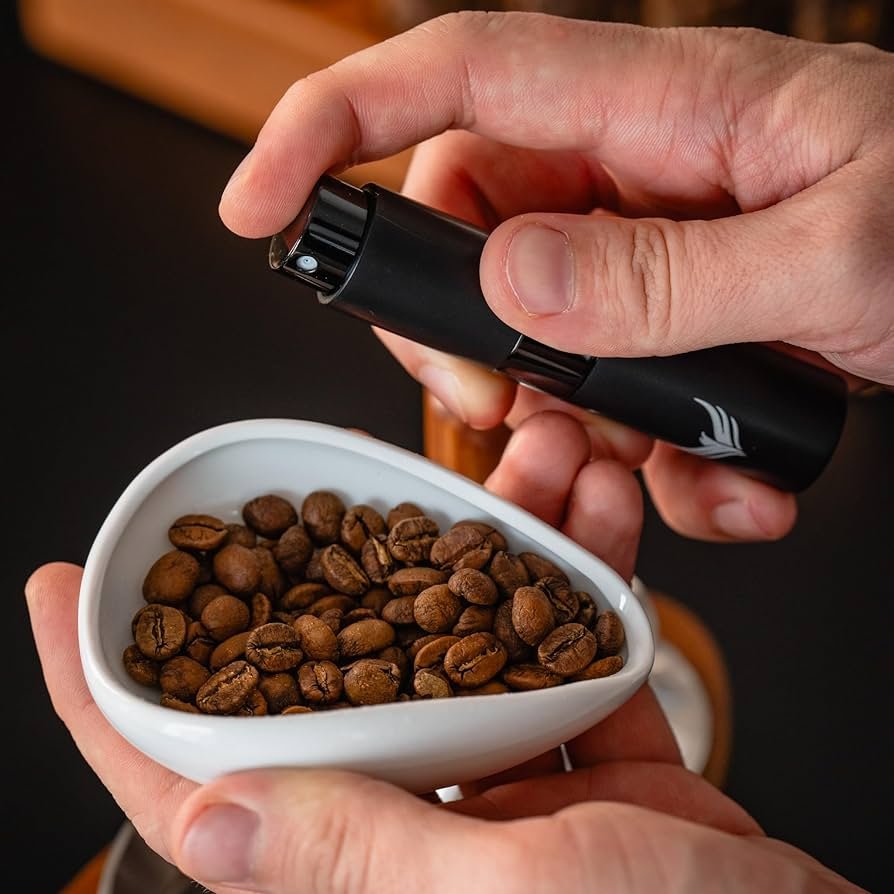If you grind coffee at home, you’ve probably come across the Ross Droplet Technique (RDT). This hack involves spraying your coffee beans with a little water before grinding them, reducing the static generated in the process and making the whole thing less messy
The Science Behind RDT
A newly released scientific paper dives into the mechanics of this technique. One of the authors, Chris Hendon, a professor of chemistry at the University of Oregon, shared the paper and discussed its findings.
Why Add Water?
When you grind coffee, you generate static electricity in two main ways: triboelectrification and fractoelectrification. The mechanism of that is basically interfacial heating. Coffee is no different to other materials in the sense that you’re going to rub and break it during the grinding process, creating a fair amount of interfacial heat and thus generating static electricity.
What Happens When You Add Water?
Water is a very good dielectric medium. It is polar, meaning that the oxygen in water is negatively charged, and the hydrogens are positively charged. This allows them to interact with things that are of opposite charges, making water very good at mitigating charging of solutions during grinding. Water also dissipates heat very well, which can help reduce the amount of static electricity generated.
The Unexpected Byproduct
The paper found that when water is added to the beans, there is a real change in the way that the espresso brewed afterwards. They saw a dramatic decrease in flow rate and a dramatic increase in extraction. This is due to the presence of what Hendon calls “electroclumps” in your portafilter. These are large positively charged pieces that attract negatively charged fines, reducing the evenness of the flow and bed density. When you spray water, you prevent the static forming and it prevents these electroclumps from forming, resulting in slow flow rates, higher contact times, higher extractions, and less channeling.
The Impact on Different Grinders
The paper’s findings were based on the use of the Mahlkonig EK43, a commercial grinder. However, when the experiment was replicated across different grinders, the results varied. For instance, the DF64 Gen 2, a flat burr grinder, showed a dramatic change in brew time when water was added. However, the Eureka Mignon Oro, another flat burr grinder, showed no impact on brew time from adding the additional water.
The Role of Ionizers
Ionizers, which are increasingly popular in grinders, only work on charged particles. Therefore, they should not affect the presence of electroclumps. However, the de-electrification step occurs after the particles have exited the grind chamber and have flown through the chute of your grinder. During this time, small and large particles, which may have opposite charges, do have time to find each other and form an aggregate.
Conclusion
While the Ross Droplet Technique has been shown to have a significant impact on the brewing process, more research is needed to fully understand its effects. This includes testing on a wider range of grinders and exploring its impact on filter coffee. It’s also important to consider the taste of the coffee produced using this technique and whether it’s preferable to simply using a finer grind.



Leave a Reply